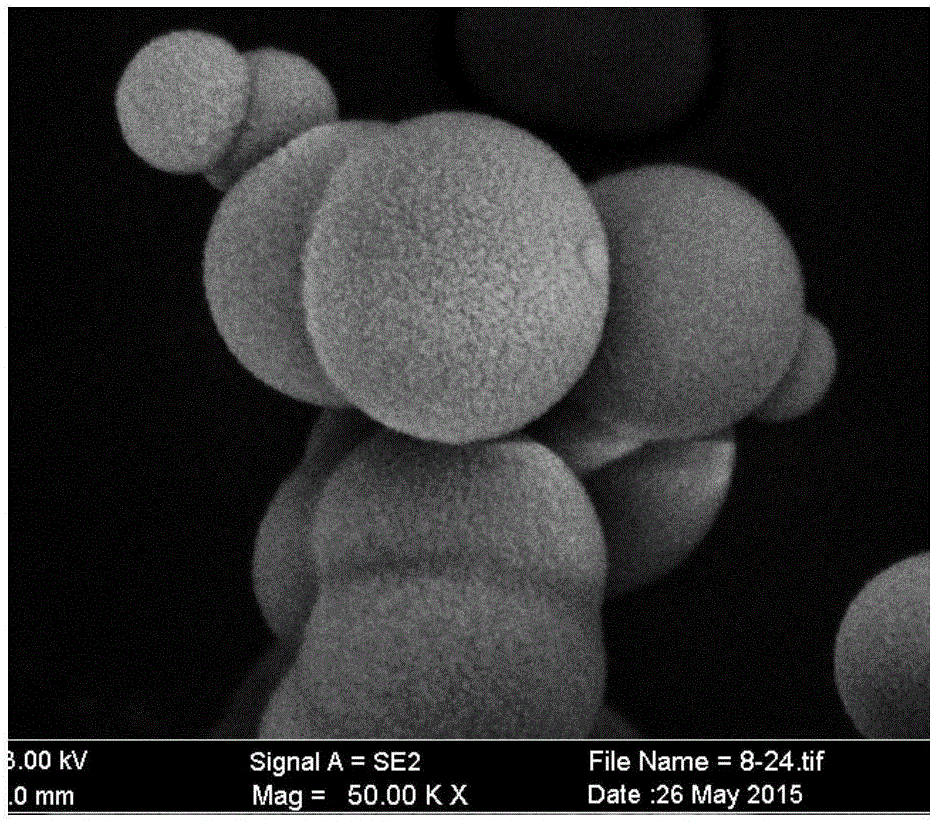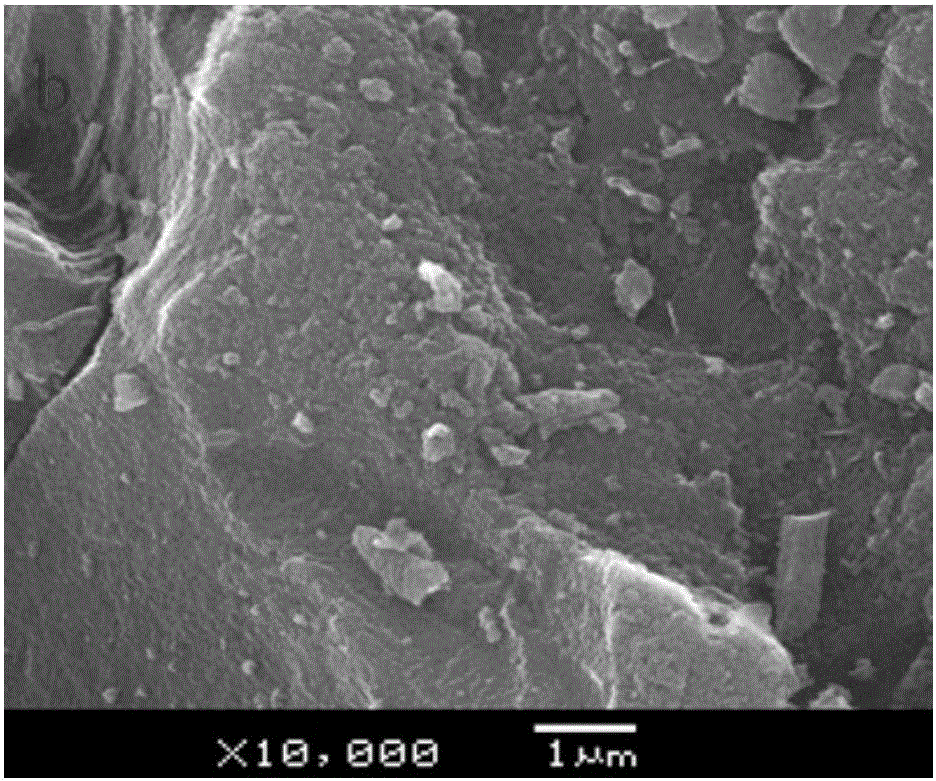Green method for comprehensively utilizing biomass ash
A biomass ash, green technology, applied in the field of comprehensive utilization of agricultural waste, can solve the problems of residual rice husk ash, pollution, waste of resources and the environment, etc.
- Summary
- Abstract
- Description
- Claims
- Application Information
AI Technical Summary
Problems solved by technology
Method used
Image
Examples
Embodiment 1
[0032] A green method for comprehensive utilization of biomass ash, see the process flow image 3 .
[0033] ①. The wheat straw ash obtained from the biomass power plant is soaked in 0.5mol / L nitric acid solution at a solid-liquid ratio of 1:7 (g:mL), washed with distilled water and dried.
[0034] ②. Weigh a certain amount of clean raw materials obtained in step ① in the reaction vessel, supplement 2mol / L KOH solution according to the solid-to-liquid ratio of 1:6 (g:mL), seal the reaction vessel, and start timing from room temperature to 90°C 3h. After the reaction was completed, the extract was collected by filtration with a Buchner funnel. Dilute the silicate extract with distilled water and ethanol at a volume ratio of extract:distilled water:alcohol of 1:1.5:1. Then, under the condition of continuous stirring, add 2mol / L phosphoric acid solution to the above diluent at a rate of 3mL / min with an acid burette until the pH value of the diluent is 8, and continue stirring f...
Embodiment 2
[0041] ①. Soak the rice husk ash obtained by the combustion method with 0.5mol / L phosphoric acid solution at a solid-liquid ratio of 1:7 (g:mL), wash with distilled water and dry.
[0042]②. Weigh a certain amount of clean raw materials obtained in step ① in the reaction vessel, supplement 2mol / L KOH solution according to the solid-to-liquid ratio of 1:6 (g:mL), seal the reaction vessel, and start timing from room temperature to 90°C 3h. After the reaction was completed, the extract was collected by filtration with a Buchner funnel. Dilute the silicate extract with distilled water and methanol according to the volume ratio of extract:distilled water:alcohol at 1:1.5:1. Then, under the condition of continuous stirring, add 2mol / L nitric acid solution to the above diluent at a rate of 3mL / min with an acid burette until the pH of the diluent is 8, and continue stirring for 1.5h. The silica microspheres with low specific surface area were obtained by centrifugation, and were vac...
Embodiment 3
[0046] ①. The wheat straw ash obtained from the biomass power plant is soaked in a 1mol / L phosphoric acid solution at a solid-liquid ratio of 1:7 (g:mL), washed with distilled water and dried.
[0047] ②. Weigh a certain amount of clean raw materials obtained in step ① into the reaction vessel, supplement 3mol / L KOH solution according to the solid-to-liquid ratio of 1:6 (g:mL), seal the reaction vessel, and start timing from room temperature to 90°C 2h. After the reaction was completed, the extract was collected by filtration with a Buchner funnel. Dilute the silicate extract with distilled water and ethylene glycol in a volume ratio of extract:distilled water:alcohol at 1:2:1. Then, under the condition of continuous stirring, add 3 mol / L nitric acid solution to the above diluent at a rate of 2 mL / min with an acid burette until the pH of the diluent is 7, and continue stirring for 1.5 h. The silica microspheres with low specific surface area were obtained by centrifugation, ...
PUM
 Login to View More
Login to View More Abstract
Description
Claims
Application Information
 Login to View More
Login to View More - R&D
- Intellectual Property
- Life Sciences
- Materials
- Tech Scout
- Unparalleled Data Quality
- Higher Quality Content
- 60% Fewer Hallucinations
Browse by: Latest US Patents, China's latest patents, Technical Efficacy Thesaurus, Application Domain, Technology Topic, Popular Technical Reports.
© 2025 PatSnap. All rights reserved.Legal|Privacy policy|Modern Slavery Act Transparency Statement|Sitemap|About US| Contact US: help@patsnap.com



